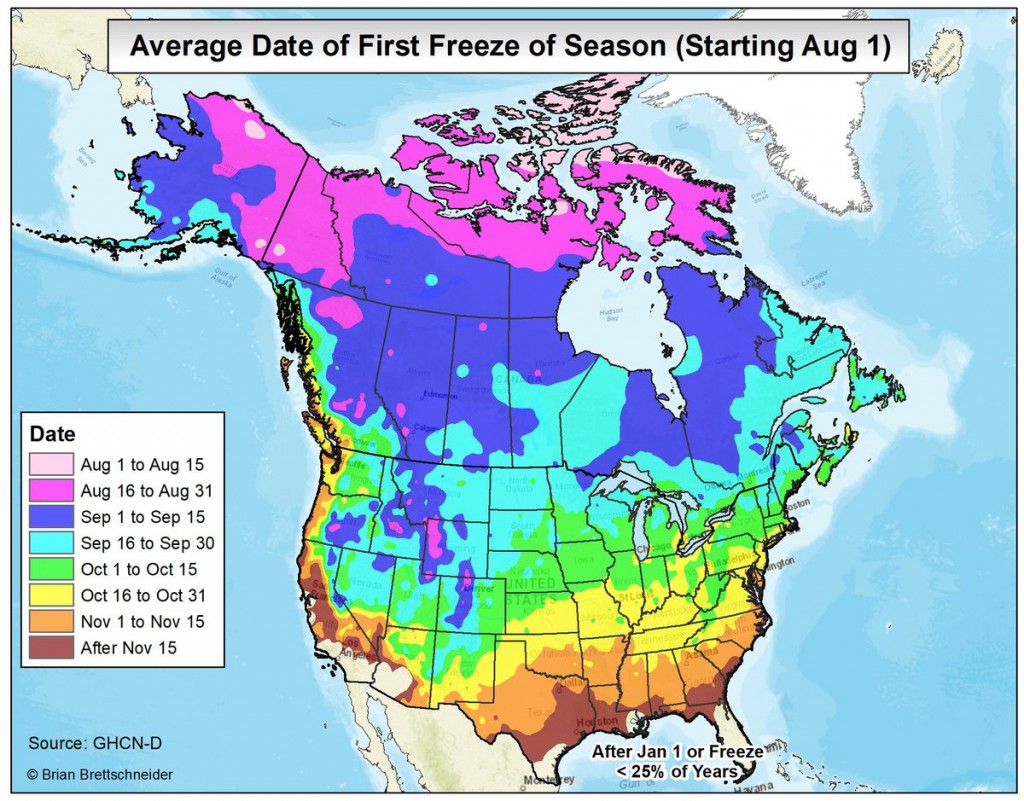Today, for example (but you could pick any day since March) we have news that the U.S. and China are talking about talking in September, a possible increase in demand, bulls applaud.
Bulls would also like to see an early frost wipe out millions of bushels of production getting some supply off the market. Doesn't look as probable as two weeks ago.
First up, some straight-to-the-point commentary from last week's crop tour via AgWeb:
As scouts set of searching Iowa farm fields, they were greeted by a crop better than what they saw in Illinois, Indiana and Ohio.
“It was up to my waist, so that’s some of the best soybeans we’ve seen,” said Peter Meyer, with S&P Global Platts who served as a Pro Farmer Midwest Crop Tour eastern leg scout this week.
Meyer came across a crop that was good compared to a disappointing start to the eastern leg of Crop Tour, but a soybean crop with which he wasn’t overly impressed.....MUCH MORE
“Just looking at it, I can’t say I’m going to get 100 pods out of these plants, which is what we sometimes see on 30 inch rows in Iowa,” he said.
Meyer left Iowa City Thursday morning expecting to see better fields than he’d seen all week.
“I think for this part of Iowa in the past, it’s kinds of average,” said Meyer. “But then again when you compare to what we’ve seen in Ohio, Indiana and Illinois, it’s pretty darn good.”
Average for Iowa in a year that was anything but average. However, pockets of Iowa struggled more than others....
...Julie Edmonds is in Sperry, Iowa. Her biggest concern is now the weather this fall.
“I worry the crop isn’t going to be at the stage it needs to be before a frost would hit,” said Edmonds. “We need all the time we can get before for a frost hits.”
ost fears are sprouting worries about shallow kernels and test weights, even though she’s cautiously optimistic about the yield potential taking root.
“We’re not going to see the yields that we had last year; however, it's going to be better than what we anticipated,” said Edmonds.
Frost is also a fear for Meyer, and a variable making it hard to peg yield in the state today.
“You give me a frost date, I can give you a yield,” said Meyer. “At this point, it’s anybody’s guess.”...
And from NOAA's Climate Prediction Center:
This page displays seasonal climate anomalies from the NCEP coupled forecast system model version 2 (CFSv2). Forecasts are from initial conditions of the last 30 days, with 4 runs from each day. Forecast ensembles consist of 40 members from initial a period of 10 days. The 1st ensemble (E1) is from the earliest 10 days, the 2nd ensemble (E2) from the second earliest 10 days, and 3rd ensemble (E3) from the latest 10 days. Aomalies are with respect to 1999-2010 hindcast climatology. Temporal correlations between hindcasts and observations are used as skill mask for spatial anomalies. Standard deviation to normalize anomalies is the average standard deviation of individual hindcast members. For SSTs, anomalies with respect to 1982-2010 climatology are available here.
CAUTION: Seasonal climate anomalies shown here are not the official NCEP seasonal forecast outlooks. The NCEP seasonal forecast outlooks can be found at CPC website. Model based seasonal climate anomalies are one factor based on which NCEP seasonal forecast outlook is issued.

Only slightly cooler than average forecast through September 11 for the U.S. breadbasket.
Front futures
Corn up 2.50 at 373.50
Soybeans up 4.50 at 870.25
Wheat down 2,00 at 473.25
Related:
August 6
USDA Weekly Weather and Crop Bulletin
